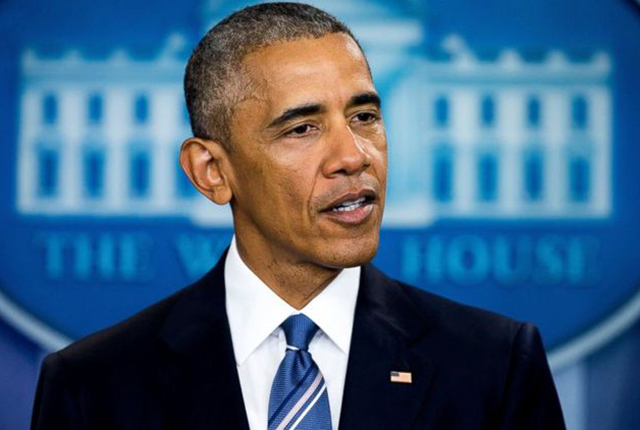Investors brace for inflation turnaround
LONDON. — The demons of deflation are being consigned to the past by a pick-up in price pressures globally, prompting investors to seek protection in inflation-protected bonds.New Zealand sold its first inflation-linked bond in over two years earlier this month and, in a sign of nascent demand, Italy last week seized the opportunity to sell 3 billion euros of so-called linkers via a syndicate of banks.
“Since the beginning of the year, demand for linkers has increased a lot — we have really turned a corner,” said one banker who worked on the deal, asking not to be named.
The climate for inflation-linked debt has “changed completely”, he said.
Just a year ago, it was deflation — falling prices that restrain consumer spending and economic growth — that plagued investors and central banks, keeping in place the ultra-easy monetary policy that has pushed government borrowing costs in much of the developed world below zero percent.
Market pricing still points to subdued long-term inflation but evidence that price pressures are rising, coupled with talk of a sizeable US fiscal boost, means investors have backed away from the most bearish inflation bets placed after last year’s vote in Britain to leave the European Union.
The benchmark Barclays World Government Inflation-Linked Index .BCGLOIL, is up almost 2 percent from a nine-month low hit in December, albeit well below peaks hit last year.
The difference between the yield on an inflation-protected bond and a nominal bond of the same maturity — the breakeven rate — meanwhile has widened in Europe and the US over the past six months, reflecting rising inflation expectations.
Breakeven rates in the US are around 2 percent for 10-year debt US10YTIP=RR, having hit their highest levels since September 2014 in January.
That compares with around 1,5 percent last July, when investors bet the Fed would miss its 2 percent inflation target over a 10-year period.
German 10-year breakevens, the euro zone benchmark, stand at 1,41 percent DE10YIL=RR — below the European Central Bank’s inflation target of close to but below 2 percent, but up from less than 1 percent last year.
If inflation, on average, is higher than the breakeven rate, linkers will outperform their fixed-rate peers.
“We’re buying inflation-linked notes right now,” said Bob Michele, global head of fixed income at JPMorgan Asset Management. “We think that inflation is undervalued — whether it’s the US or Europe or Japan, we see inflation picking up in all of those markets.”
The US Federal Reserve’s favoured inflation measure, the core PCE price index, notched up its biggest monthly rise in January and was up 1,7 percent year-on-year. The Fed is expected to raise rates yesterday — a move viewed as unlikely just a few weeks ago.
Euro zone inflation hit a four-year high of 2 percent in February, above the ECB’s target rate, while Swiss inflation rose into positive territory in January for the first time in more than two years.
In Japan, which has battled deflation for years, core consumer prices rose 0,1 percent in January from a year earlier — the first year-on-year rise since December 2015.
For real?
Analysts say scepticism about a sustained recovery in inflation after years of weak economic growth explains why investors are creeping rather than piling back into linkers.
Thirty-year breakeven rates in the euro zone, for instance, at 1,60 percent, suggest long-term inflation expectations remain subdued, but are up from record lows just above 1 percent seen in July last year.
The ECB said last week that it no longer sees a risk of deflation in the single-currency bloc, fanning talk it may start to scale back its monetary stimulus this year.
“Europe is the most interesting place right now,” said Jon Day, a global bond portfolio manager at Newton Investment Management.
“Political risks are keeping inflation expectations low, but we expect focus to return to inflation when those risks pass,” he said, adding that he has been buying Spanish inflation — linked bonds as inflation protection in the euro zone.
For some investors, fears that far-right anti-euro French presidential candidate Marine Le Pen, tipped to contest a final run-off round of voting in May, is a reason to buy French inflation protection since a new French currency would fall and inflation rise if France were to leave the euro.
Other market gauges such as the five-year, five-year forward inflation rates, also point to a rise in investors inflation expectations, although those rates have slipped in recent weeks, reflecting a general move into safe-haven assets related to French election jitters.
“We think that actually growth and inflation news will continue to surprise on the upside, and the market is too bearish on economic prospects,” said Cosimo Marasciulo, head of European fixed income at Pioneer Investments. — Reuters.










Comments